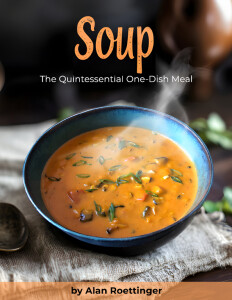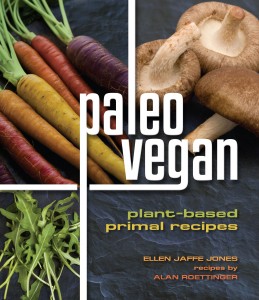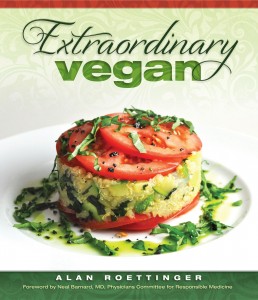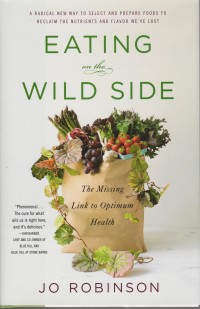We all have our own versions of what constitutes “comfort food.” A large part of each person’s set of choices within this most intimate genre of foods is taste memory, dating back to childhood. For example, to me a tortilla (white corn!) warmed over an open flame, slightly charred, lightly buttered and salted, was my favorite snack when I was a kid; today, fifty-plus years later, this utterly simple treat tastes like home to me–even though I’ve eschewed the butter in favor of (much healthier) coconut oil, the entire ritual of heating, slathering, and eating the tortilla is a private, deeply personal thrill.
There are other dishes that take me back to moments of comfort and joy, foods I associate with high points in my life, and many of these are also associated with key moments when I discovered an entirely new dish that flooded my palate with pleasure messages. Not all of these were quick and easy dishes; in fact, some of the most successful comfort foods for me are labors of love, taking care and time, and sometimes a lot of work–like mole poblano, for example, which is so laborious and time consuming that even in Mexico it’s mostly reserved for weddings and other momentous feasts. Also, the recipe contains so many items that it’s virtually impossible to make a true mole in less than massive quantities. Fortunately, it freezes well.
Ratatouille, a succulent stew of Provençal origin, has many of the elements I enjoy in a comfort food–rich, flavorful, unctuous, enjoyable hot or cold, and–most important of all–triggering the recollection of good times. This has been reinforced several times, since I tend to serve ratatouille when I have good friends over for dinner, which is also the case with a number of other comfort foods.
On that fateful night when I invited the woman who would later become my wife over for dinner for the first time, I made (among several other things) a dish I named “Rataziti,” or ratatouille with ziti. The name required some explanation, which I dispatched with a quick review of the two main components, along with a further note that I had originally considered “Zitirat,” but it evoked unsavory images. Now that I’ve gone in the direction of healthier food choices, I like my comfort ratatouille by itself, or with a whole grain like quinoa (quelle horreur!).
The secret to a good ratatouille is twofold: 1) sauté each vegetable separately before combining them in a clay pot and roasting in a moderate oven (versus on the stove), and 2) use fresh thyme, not dried. Okay, technically that’s threefold, but there you have it. I also use thin eggplant and zucchini, of roughly the same diameter, searing the cut ends first to form a durable crust that will survive the long, slow cooking required for the flavors to meld and develop. This is awesome comfort food.
That’s the right way. But even short-cutting the rules slightly , it’s possible to make a mighty fine version of ratatouille (the fresh thyme is definitely not negotiable, however, so don’t even ask). To make the rat in picture, I used large eggplant (because I live in a small town in Colorado, where this is the only kind they know about), and I cut the zucchini into smaller pieces (which was a mistake, by the way). Other than that, I stuck to the tried and true method, and the result, though imperfect, was still pure, take-me-back-home, stellar comfort food. I think I’ll put it (the right one) in the next book.
.







